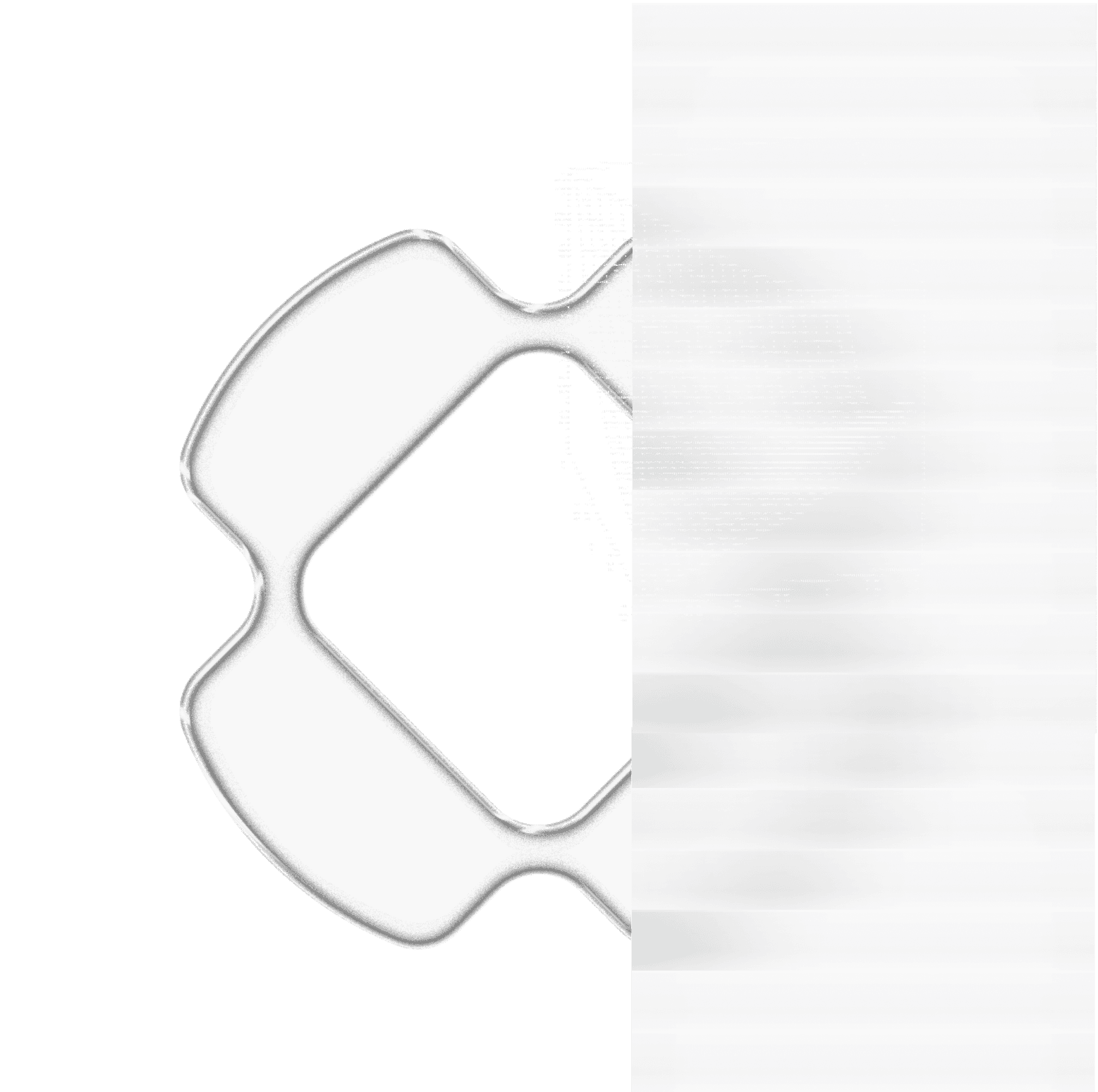
Pros and Cons of Design Systems for SaaS companies
October 2023Since Design Systems can be a big investment, we talk about the pros and cons of them for startups and tech companies alike.
456789456789º 123456789•
3456789°1234567899′N 12345678923456789678923456789°3456789123456789′S
Toronto, Canada

We talk about the process, design system components, and the value our clients get from our custom design systems.

I've been building design systems for quite a few years now and carved a niche for myself that caters to the unique needs of B2B startups and growing organisations alike. However, I've noticed that our clients often have questions regarding our process, its components, and the value they derive from it.
In this detailed guide, I aim to provide a transparent overview of our approach. I'll shed light on:
To further augment your understanding, check our in-depth case study that chronicles our journey of developing a design system for our B2B client.
Before we delve into our methods, let's first clarify the concept of a design system. First of all, "Design System" is currently a hot keyword usually thrown around by everyone without fully understanding what it is. I've seen many companies say they have a design system, but almost always it's just a style guide and a library of a few components. A design system is a living document built for developers and product managers, not an old outdated repository that no one uses.
There are many different explanations of a design system, and most of them are correct. My thinking is this: a design system is a robust framework comprising a series of components reused across a digital product. It brings uniformity, boosts efficiency, and strengthens brand identity by providing a single source of truth to all stakeholders involved in product design and development. But Design Systems can be complex and very different for every project. If you're not sure your company needs one, check out this article.
We view each design system as a unique entity that caters to the specific needs and goals of a business. That said, the following components often form the backbone of our design systems.

Design tokens are the DNA of a design system. They set the tone and define the core attributes that ensure consistency across the interface. They help us connect our designs with front end and force designers to design consistently. Our design tokens encompass:
During the creation of each component (atoms, molecules, organisms) we always have design tokens in mind and add them whenever applicable. To learn more about design tokens and why they're crucial to our design systems, we recommend reading the benefits of design tokens, as well as how we apply them.

Atoms represent the most basic functional units of a user interface. They're the building blocks that, when combined, create more complex components. Our design system atoms typically encompass:

Molecules are complex components made by grouping atoms together. They form functional sections of an interface and often involve user interaction. Our design system molecules typically include:

Organisms are complex UI sections formed by grouping together molecules and/or atoms. They form distinct parts of a page and work together as a part of the whole. Common organisms in our design systems include:

We integrate the above atoms, molecules and organisms into tailored templates based on our customers' unique needs. These include, but are not limited to:
An effective design system is not merely a collection of components; it's their thoughtful assembly that abides by certain rules. All components of our design systems follow key tokens — grid, layout, padding, radiuses, shadows, typography, and colour — to ensure visual harmony and consistency across the product. This methodical approach streamlines the implementation process, making it less prone to discrepancies and errors.

We believe in transparent and exhaustive documentation. Each component in our design systems comes with a clear usage explanation, development specifications, and its different states clarified. We utilize Figma for documenting these details and use various Figma plugins to help make design system documentation more exhaustive.
Furthermore, we encourage and assist our clients in adopting Design System component documentation platforms like Storybook, Zeroheight, and others. This helps create an easily accessible and interactive library of all components, boosting team understanding and communication.
Our role isn't confined to just creating a robust design system; we also facilitate its seamless transition to the development team. Each component is meticulously annotated, and component tokens are exported as CSS and JS output files, aided by a style dictionary. This streamlining significantly reduces the time spent by developers on styles. Our detailed article explores this handover process further.
I believe (and have experienced) that a well-structured design system is instrumental in crafting a cohesive, consistent, and efficient digital product that's a must for growing tech companies. This example process I discussed has already provided immense value for companies by making interface design structured and much easier to understand for other departments. However, this process still requires quite an investment from designers, product managers and frontend engineers alike, so it's best to discuss with an expert to see what the potential return on investment will be.

Since Design Systems can be a big investment, we talk about the pros and cons of them for startups and tech companies alike.

In this article, we share our thoughts about Design Tokens and why they key to product design in 2023

We share our ideal design process that we try to follow for every client, though it works more as a guideline rather than a rule.
